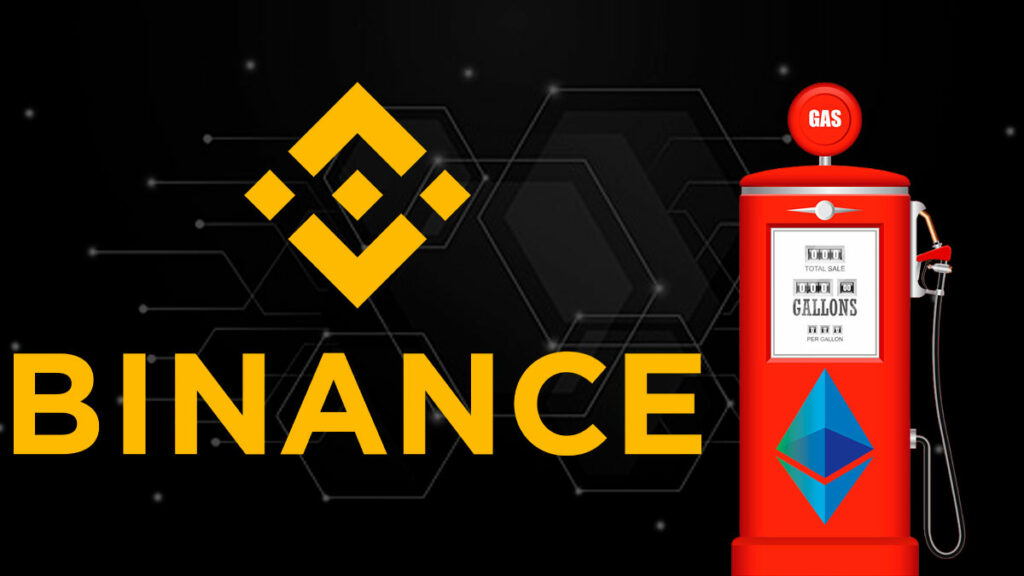Binance, the well-known cryptocurrency exchange, recently found itself at the center of attention due to its role in the unexpected surge in Ethereum (ETH) gas fees. Here’s a detailed account of the events that transpired.
Data from Dune Analytics revealed a sudden and unanticipated spike in gas fees on the Ethereum mainnet, escalating from 10 to approximately 300. This surge in ETH transaction fees could be attributed to a variety of factors. One potential cause could be a significant increase in user activity on decentralized applications.
Another possibility is a periodic rise in trading volumes on Decentralized Exchanges. Both scenarios could lead to higher demand and, consequently, higher transaction fees on the Ethereum network.
Contrary to the initial assumptions, data from Dune Analytics indicated that the primary factor behind the recent surge in Ethereum gas fees was not increased user activity on dApps or heightened trading on DEXes. Instead, the data suggested a correlation with a high volume of transfers taking place on Binance.

Binance is Once Again the Main Suspect
A closer look at Dune’s Binance dashboard revealed that on September 21 alone, a total of 145,500 addresses were engaged in depositing ETH. The transactions conducted by these addresses resulted in gas fees amounting to 530 ETH. This substantial activity on Binance could explain the sudden increase in Ethereum gas fees.
In a related development, the blockchain security monitoring service, PeckShieldAlert, verified the occurrence of this event. As per their post on X, there was a staggering increase of 18.09% in fees within just three hours.
#PeckShieldAlert Gas Fee pic.twitter.com/gpl7tejBJ9
— PeckShieldAlert (@PeckShieldAlert) September 21, 2023
In response to the unexpected surge in gas fees, Binance issued a statement explaining that they were in the midst of a wallet aggregation process when the spike occurred. The exchange expressed surprise at the sudden increase, stating that the aggregation procedure was initiated with the primary intention of safeguarding the funds of its users.
Currently, there is a collective anticipation in the market for a reduction in gas fees. If this does not occur, it could potentially trigger a significant drop in the demand for ETH. This could subsequently lead to a noticeable decrease in network activity.










